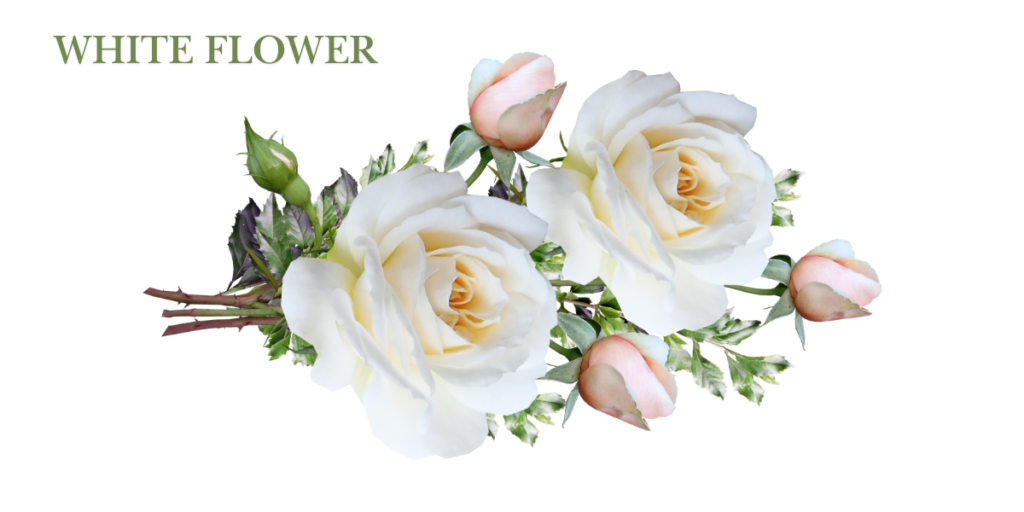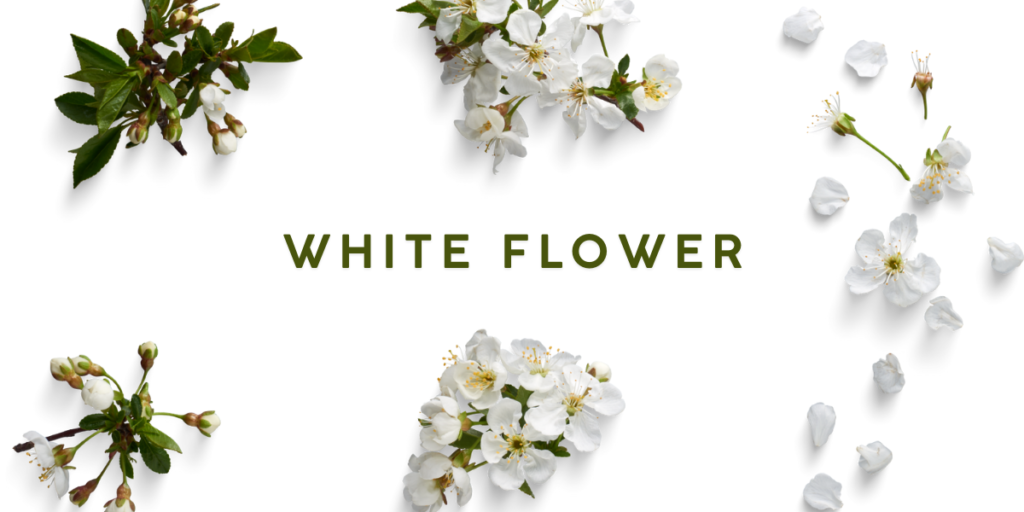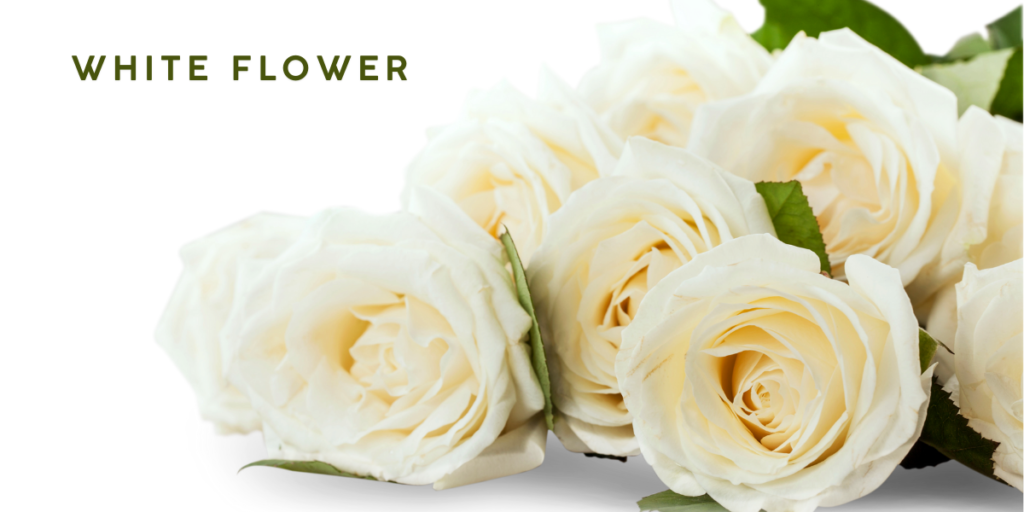A Guide to Small White Flowers: Varieties, Growing Tips, and Symbolism
Small white flowers are delicate yet impactful additions to any garden or floral arrangement. Known for their simplicity and elegance, these blooms carry significant cultural meanings and are admired worldwide for their subtle beauty. This guide explores popular types of small white flowers, their care requirements, and the symbolic meanings behind them. From cottage gardens to minimalist spaces, small white flowers are versatile enough to enhance any setting.
The Allure of Small White Flowers

Small white flowers are often associated with purity, innocence, and elegance. Their understated beauty makes them ideal for both garden landscapes and decorative arrangements. Many of these flowers bloom seasonally, while others grace gardens year-round, each bringing its unique charm and fragrance. Gardeners prize these flowers not only for their aesthetic but also for their ability to complement other plants, adding texture and contrast.
Popular Varieties of Small White Flowers

Baby’s Breath (Gypsophila paniculata)
Baby’s breath is among the most popular small white flowers due to its dainty clusters and airy appearance. Native to Europe and Asia, it thrives in well-draining soil and full sunlight, making it an ideal choice for various climates.
Growing Conditions
- Sunlight: Full sun exposure is best for baby’s breath, ensuring healthy growth and abundant blooms.
- Soil: Prefers well-drained soil with neutral to slightly alkaline pH.
- Watering: Watering: Maintain consistently moist soil throughout the growing season.
Baby’s breath blooms from late spring to summer, with each stem boasting a cloud of tiny, delicate flowers. It is commonly used as a filler in bouquets and floral arrangements.
Lily of the Valley (Convallaria majalis)
Lily of the valley is admired for its delicate, bell-shaped flowers that release a sweet fragrance. These flowers symbolize humility and renewal, making them popular for spring weddings and bouquets.
Growing Conditions
- Sunlight: It prefers full sun but can tolerate partial shade.
- Soil: Rich, moist soil that retains water but drains well.
- Watering: Regular watering, especially in warmer months.
Lily of the valley blooms in spring, creating clusters of white flowers along green stems. It’s also a resilient ground cover plant, ideal for filling shaded garden beds.
Snowdrops (Galanthus)
Snowdrops are among the first flowers to bloom in early spring, often appearing even before the snow melts. Known for their drooping, tear-shaped blooms, snowdrops symbolize hope and new beginnings.
Growing Conditions
- Sunlight: Partial shade is ideal, though they can tolerate full sun in cooler climates.
- Soil: Moist, well-draining soil with a slightly acidic to neutral pH.
- Watering: Keep soil consistently moist during growing season.
Snowdrops are relatively low-maintenance, making them perfect for naturalized areas in gardens where they can spread and create a blanket of white blooms.
Sweet Alyssum (Lobularia maritima)
Sweet alyssum is a versatile annual that adds a lovely fragrance and dainty white flowers to gardens, containers, and hanging baskets. Its delicate flowers are pollinator-friendly, attracting bees and butterflies.
Growing Conditions
- Sunlight: Full sun to partial shade, but full sun promotes the best bloom.
- Soil: Well-draining soil, slightly sandy or loamy.
- Watering: Regular watering but avoid waterlogged soil.
Sweet alyssum blooms from spring through fall, creating a dense mat of flowers that can be used for borders, ground cover, or in garden beds.
White Clover (Trifolium repens)
While often considered a common weed, white clover produces charming small white flowers that benefit pollinators like bees. It’s a hardy plant often used for lawns and ground cover.
Growing Conditions
- Sunlight: It thrives in full sun but can tolerate partial shade.
- Soil: Adaptable to various soil types, especially well-drained soil.
- Watering: Minimal watering once established.
White clover blooms from spring to fall, offering a valuable food source for insects and adding resilience to lawn spaces.
Planting and Caring for Small White Flowers
Site Selection and Soil Preparation
Selecting the right location and preparing the soil are key to growing healthy small white flowers. Most of these varieties require well-drained soil and either full sun or partial shade. Conduct a soil test to ensure the pH is compatible with the plant species you’ve chosen. For instance, sweet alyssum thrives in slightly sandy soil, while lily of the valley prefers rich, moisture-retentive soil.
Watering and Fertilization
Watering needs vary among small white flowers, but generally, it’s best to avoid overwatering. Baby’s breath, for example, requires little water once established, whereas lily of the valley needs consistent moisture. Applying a balanced fertilizer during the growing season can enhance bloom production.
Pruning and Maintenance
Regular maintenance, including pruning and deadheading, encourages continuous blooming and prevents disease. Deadhead spent blooms on baby’s breath and sweet alyssum to promote new flowers. For perennials like snowdrops, allow the foliage to die back naturally after flowering to enable the plant to store energy for the next blooming season.
Seasonal Care and Propagation
Understanding the seasonal needs of your small white flowers ensures they return each year with vibrant blooms. Perennials like snowdrops and lily of the valley can be divided in late summer or fall to propagate and prevent overcrowding.
Symbolism and Cultural Significance of Small White Flowers
they have been used throughout history to symbolize a variety of meanings. Their purity, elegance, and simplicity make them symbolic in religious ceremonies, weddings, and memorials.
Weddings and Celebrations
White flowers are synonymous with weddings, symbolizing purity and new beginnings. Baby’s breath is a staple in bridal bouquets, symbolizing everlasting love. Lily of the valley, symbolizing humility and happiness, is a popular choice for wedding arrangements.
Remembrance and Memorials
In some cultures, small white flowers symbolize remembrance. Snowdrops, for instance, are often seen as symbols of hope and resilience, making them fitting for memorial services or places of remembrance.
Small White Flowers in Different Garden Styles

They offer versatility and can be incorporated into a variety of garden styles.. From cottage gardens with sprawling baby’s breath to minimalist spaces with potted sweet alyssum, these flowers bring balance and harmony to any garden.
Cottage Gardens
Cottage gardens often feature small white flowers for their natural and slightly wild appearance. Mixing baby’s breath, sweet alyssum, and clover with colorful blooms creates a lush, informal look.
Formal Gardens
For a structured, formal garden, consider using small white flowers like snowdrops or lily of the valley in controlled clusters. Their simplicity and uniformity bring a sense of order and symmetry to a formal garden layout.
Urban and Container Gardens
they are well-suited for urban spaces and container gardens. Sweet alyssum, for example, is ideal for hanging baskets or balcony planters, providing both beauty and fragrance to smaller, confined spaces.
Frequently Asked Questions
Q1: What are some common types of small white flowers for gardens?
A1: Common small white flowers include baby’s breath, lily of the valley, snowdrops, sweet alyssum, and white clover. Each has unique care requirements but is generally easy to grow.
Q2: How can I grow small white flowers in containers?
A2: Small white flowers like sweet alyssum are well-suited for containers. Use well-draining soil, place them in an area with adequate sunlight, and water them regularly without over-saturating.
Q3: Are small white flowers suitable for pollinator gardens?
A3: Yes, many flowers, such as sweet alyssum and white clover, attract pollinators like bees and butterflies, making them beneficial for pollinator-friendly gardens.
Q4: Do small white flowers have specific symbolic meanings?
A4: Yes, they often symbolize purity, innocence, and remembrance. Flowers like baby’s breath represent everlasting love, while snowdrops signify hope.
Q5: Can I grow small white flowers indoors?
A5: Some varieties, like sweet alyssum, can be grown indoors if they receive ample sunlight and are placed in well-drained soil. Regular watering is essential to maintain their blooms.
This guide provides an in-depth overview of small white flowers, from popular varieties and care tips to their symbolism and versatility in garden designs. Adding these delicate blooms to your garden or indoor space can create a tranquil, visually appealing atmosphere. Whether you’re a beginner or an experienced gardener, small flowers offer a timeless beauty that suits any setting.












Post Comment